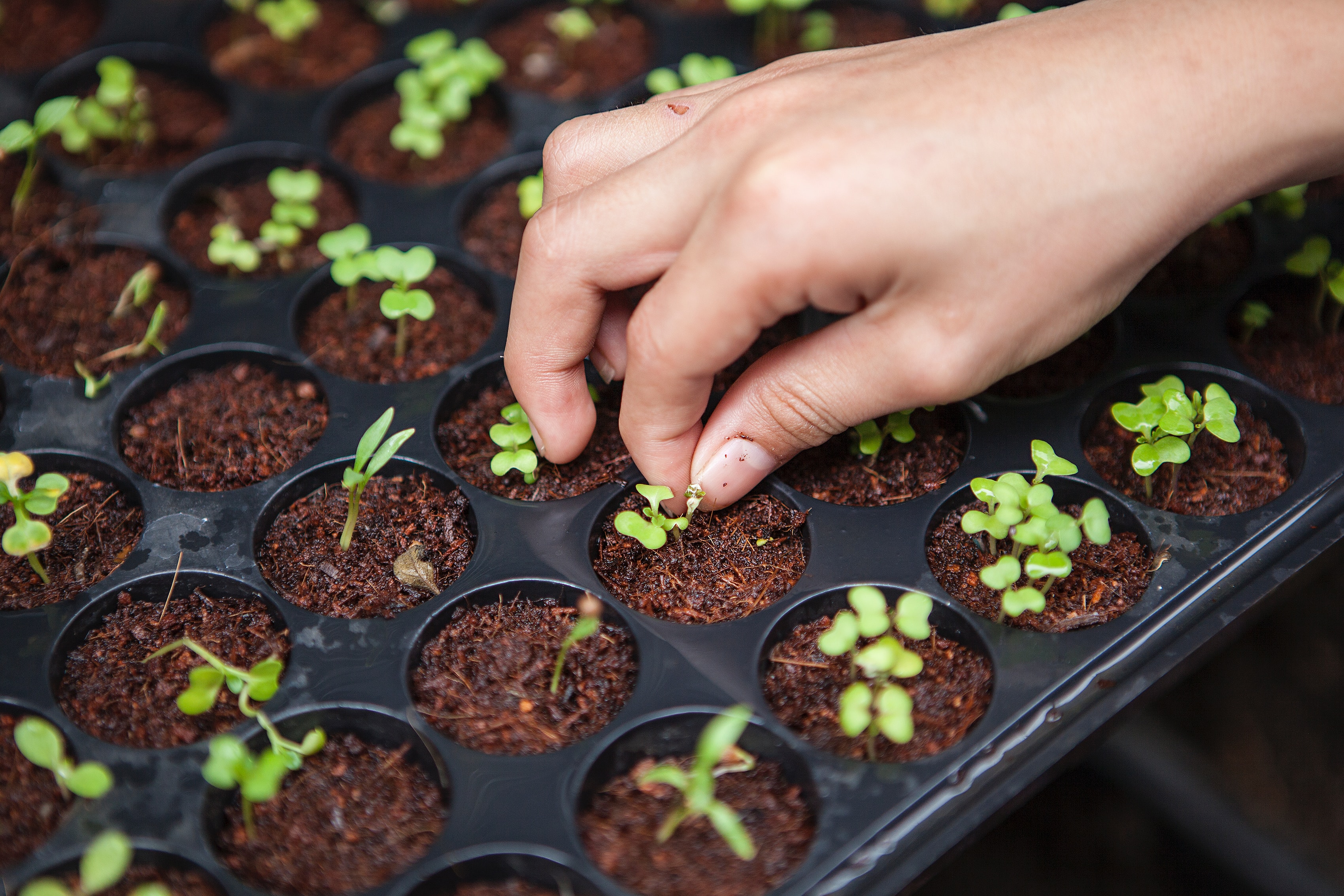Vertical farming
If you’ve never heard of vertical farming, you’re not alone. New age agriculture such as vertical farming is actually quite the interesting concept, re-purposing old parking structures in urban areas into multi-layer farms.
In doing my own research, I discovered that the indoor farming utilized in vertical farming is pretty much all inclusive.
In addition to the benefit of year round crops offered by the protected nature of farming inside, almost everything is reused in some way — even the methane gas given off by the composting of inedible parts of plants and animals. That gas is used for energy, rather than being left to further pollute our air. The water that is used, is recycled pretty much the same way nature does, through evaporation — though, I wouldn’t be able to tell you how, exactly, they manage to do it.
Vertical farming virtually eliminates worries about weather related crop failures, severely reduces infectious diseases in the plants and animals, reduces the use of fossil fuels — given that they don’t use tractors, plows, and the like — all of which add up to higher food production from a smaller horizontal space, and a cleaner world for all of us to live and breathe in.
Vertical farming is the wave of the future.

Talking abut new age agriculture, urban farming has also become a way of life for many. The idea is to become as self-sufficient as possible.
Urban Farming
Talking abut new age agriculture, urban farming has also become a way of life for many. The idea is to become as self-sufficient as possible. Some just do it because they enjoy it, would like to be a full-time farmer, or just want to get in touch with the land. Whatever the reason, it has become a popular theme for urban areas.
Urban farming involves growing your own food, raising animals as food sources, or both. Even a very small plot of land, such as a big backyard, can provide a lot of food, as well as a lot of enjoyment.
Raised gardens are the most popular and easiest way to garden without all the plowing, weeding, and soil amendments. It is clean, simple, and with a couple of flowers thrown in, very decorative for the urban farmer. A simple, balanced soil mixture means there is no need to fertilize. There will be no tilling needed in the years to come. Simply a bit of compost and a small amount of topsoil and work it all in before the next planting. There will be very little, or no, weeding required due to the weed barrier cloth under the bed. Just plant, water as needed, and enjoy your bountiful harvest.
Chickens are another part of urban farming that is cheap to start, inexpensive to maintain, require very little maintenance, and will supply you with eggs and/or meat as a reward. All they need is a shelter, some inexpensive chicken feed, and preferably some grass to scratch in and eat bugs.
Chickens become quite good pets if you spend a little time with them. They “talk” to you and will follow you around like a dog would, waiting for that special treat you might give them. Chicken shelters, or coops, range from a very inexpensive homemade one to elaborate ones of several hundred dollars. But, your hens don’t care so long as they are protected from the elements.
Therefore, if you want to take part in new age agriculture consider vertical and urban farming, it will enrich your life and the environment.




